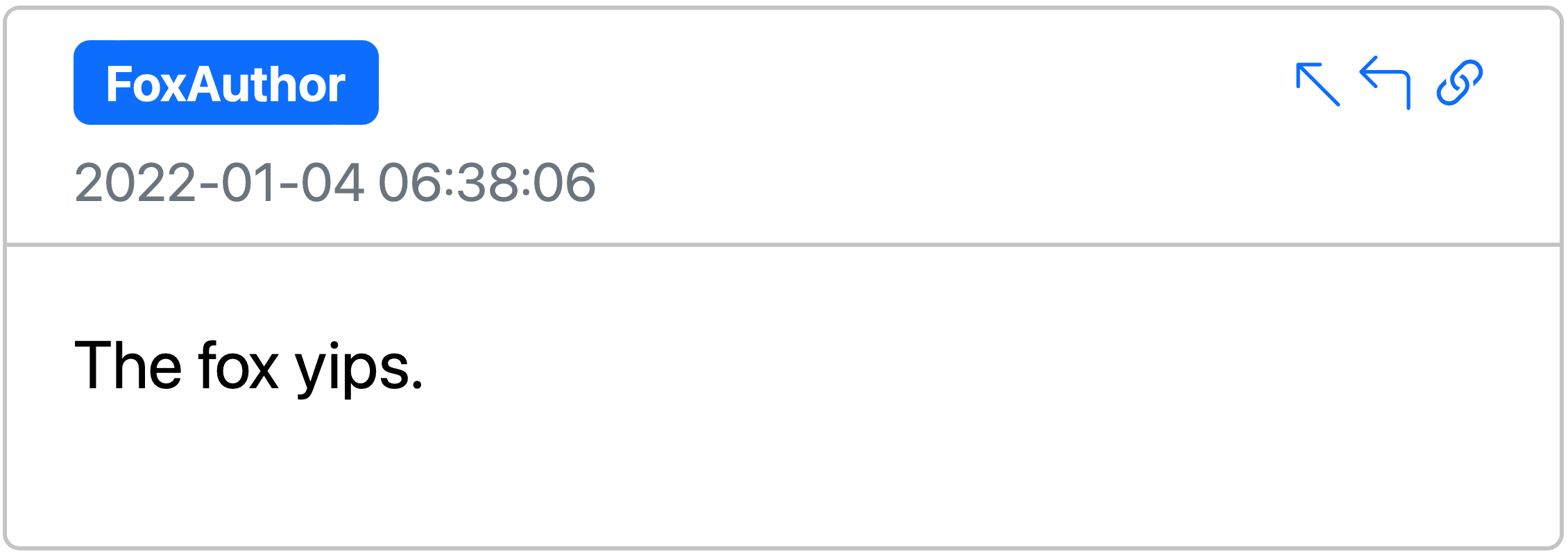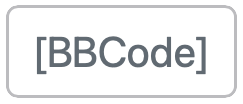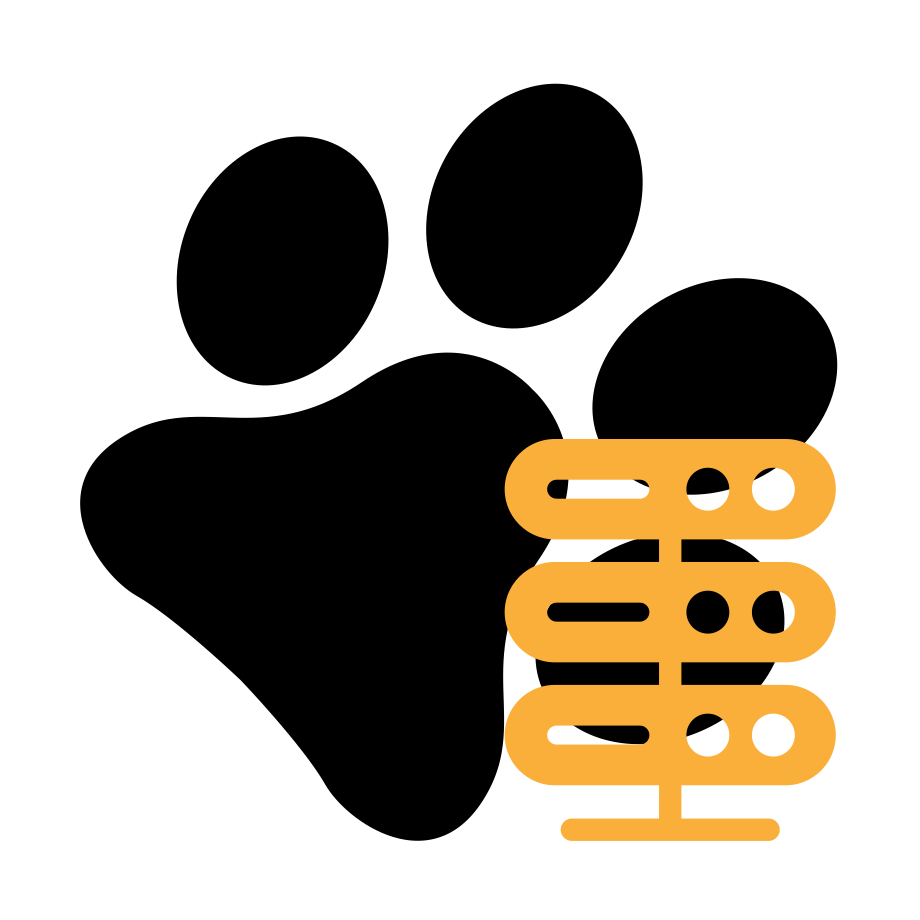
# FALocalRepo-Server
Web interface for [falocalrepo](https://pypi.org/project/falocalrepo/).
[](https://github.com/FurryCoders/falocalrepo-server)
[](https://pypi.org/project/falocalrepo-server/)
[](https://www.python.org)
[](https://getbootstrap.com)
## Installation & Requirements
To install the program it is sufficient to use Python pip and get the package `falocalrepo-server`.
```shell
pip install falocalrepo-server
```
Python 3.10 or above is needed to run this program, all other dependencies are handled by pip during installation. For
information on how to install Python on your computer, refer to the official
website [Python.org](https://www.python.org/).
For the program to run, a properly formatted database created by falocalrepo needs to be present in the same folder.
The styling is based on the [Boostrap CSS framework](https://getbootstrap.com).
_Note:_ When upgrading to a new version the styling may be broken to due to the browser using the old stylesheet in its
cache. To fix it, simply delete the browser cache to fetch the new version.f
## Usage
```
falocalrepo-server  # FALocalRepo-Server
Web interface for [falocalrepo](https://pypi.org/project/falocalrepo/).
[](https://github.com/FurryCoders/falocalrepo-server)
[](https://pypi.org/project/falocalrepo-server/)
[](https://www.python.org)
[](https://getbootstrap.com)
# FALocalRepo-Server
Web interface for [falocalrepo](https://pypi.org/project/falocalrepo/).
[](https://github.com/FurryCoders/falocalrepo-server)
[](https://pypi.org/project/falocalrepo-server/)
[](https://www.python.org)
[](https://getbootstrap.com)
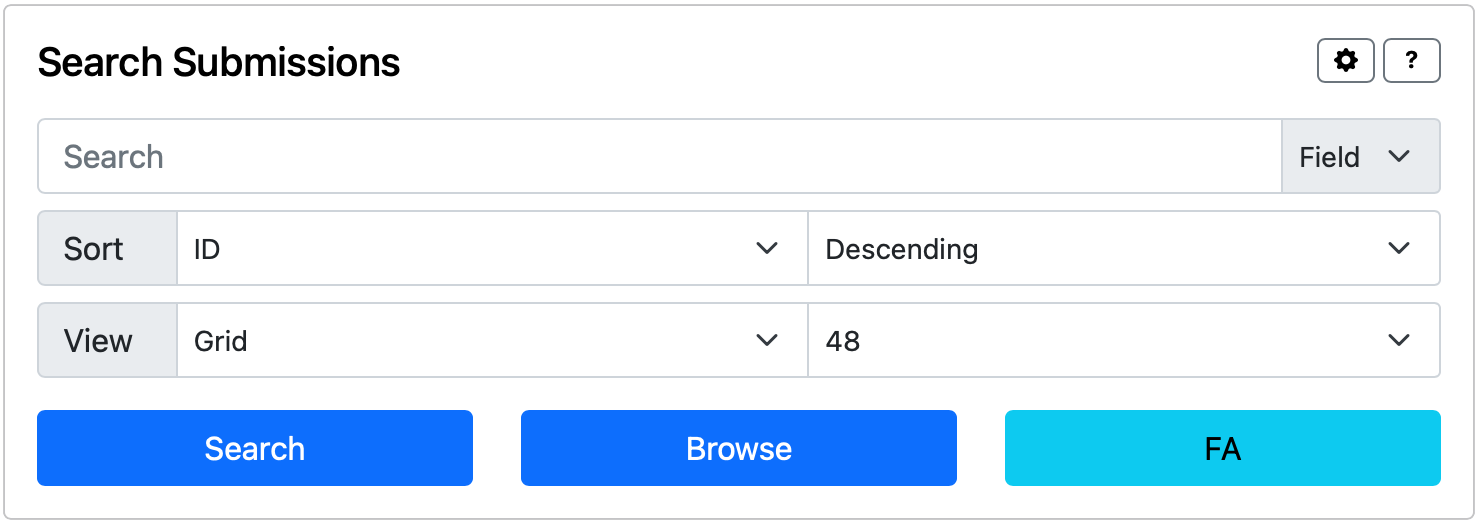

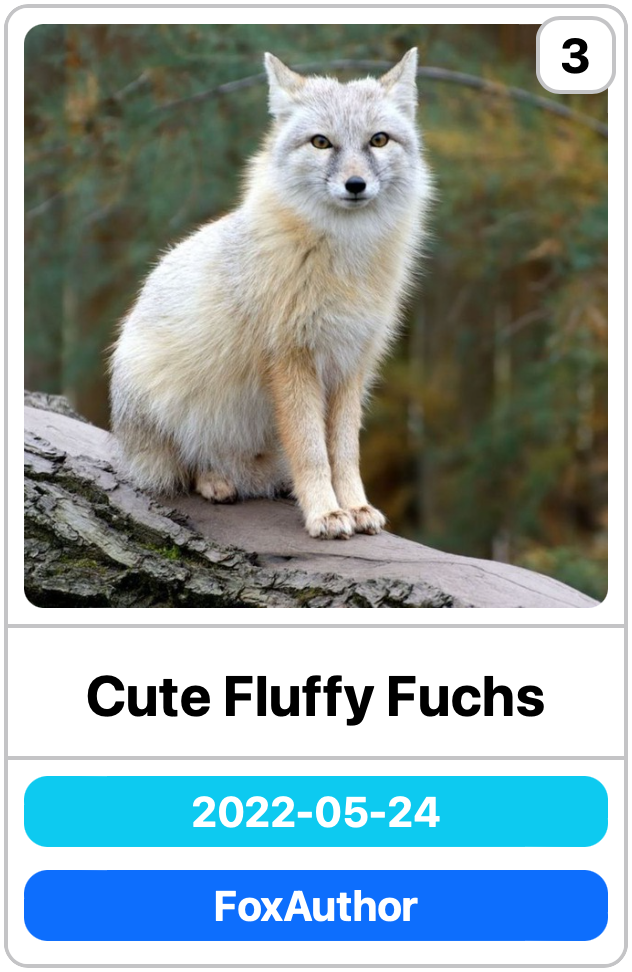



 The comments to the submission can be found below the description, and can be reached quickly by clicking on the
floating comments button that appears in the lower right corner of the screen if the submission has comments.
The comments to the submission can be found below the description, and can be reached quickly by clicking on the
floating comments button that appears in the lower right corner of the screen if the submission has comments.
 Each comment contains the author (with a link to their user page), post date, and links to the comment itself and, if
the comment is a reply, its parent comments.
Each comment contains the author (with a link to their user page), post date, and links to the comment itself and, if
the comment is a reply, its parent comments.
